Exploration of the Theory and Application of Artificial Intelligence in Emotion Recognition
DOI: 10.23977/jaip.2024.070217 | Downloads: 30 | Views: 1328
Author(s)
Zhang Tiantian 1
Affiliation(s)
1 Hangzhou Lead Sail Technology Co., Ltd., Hangzhou, Zhejiang, 310020, China
Corresponding Author
Zhang TiantianABSTRACT
This paper comprehensively explores the theoretical foundations and practical applications of artificial intelligence in the field of emotion recognition, emphasizing the importance of improving the accuracy and real-time capabilities of emotion recognition through advanced technology. The global demand for efficient emotion recognition technology is growing, especially in handling complex data related to human emotions, where AI shows unique potential. The article begins with the diverse definitions and classifications of emotions, covering psychological and physiological perspectives, and introduces cross-cultural comparisons to explain the diversity of emotions. It also compares traditional and modern emotion measurement techniques, highlighting their limitations and controversies, thus providing theoretical support for the application of AI technology. Particularly in the fields of machine learning and deep learning, through specific cases such as CNNs and RNNs, the effectiveness of these technologies in text, audio, and video emotion analysis is demonstrated. Additionally, this paper discusses the practical applications of emotion recognition technology in commercial services, healthcare, and public safety, as well as the ethical and legal challenges it faces. This research aims to outline future development trends in emotion recognition technology, emphasizing the importance of interdisciplinary cooperation and the need for technological innovation, providing direction and insights for future research and applications.
KEYWORDS
Artificial Intelligence, Emotion Recognition, Emotion Analysis, Machine LearningCITE THIS PAPER
Zhang Tiantian, Exploration of the Theory and Application of Artificial Intelligence in Emotion Recognition. Journal of Artificial Intelligence Practice (2024) Vol. 7: 129-140. DOI: http://dx.doi.org/10.23977/jaip.2024.070217.
REFERENCES
[1] Ekman, P. (1992) An argument for basic emotions. Cognition & Emotion, 6, 169-200.
[2] Matsumoto, D., & Hwang, H. S. (2012) Evidence for the universality of a contempt expression. Motivation and Emotion, 36, 42-52.
[3] Russell, J. A. (1980) A circumplex model of affect. Journal of Personality and Social Psychology, 39, 1161-1178.
[4] Watson, D., Clark, L. A., & Tellegen, A. (1988) Development and validation of brief measures of positive and negative affect: The PANAS scales. Journal of Personality and Social Psychology, 54, 1063-1070.
[5] Diener, E., Wirtz, D., Tov, W., Kim-Prieto, C., Choi, D., Oishi, S., & Biswas-Diener, R. (2010) New measures of well-being: Flourishing and positive and negative feelings. Social Indicators Research, 97, 143-156.
[6] Kim, J., Bang, S., & Kim, S. (2013) Emotion recognition system using short-term monitoring of physiological signals. Medical & Biological Engineering & Computing, 42, 419-427.
[7] Maas, A. L., Daly, R. E., Pham, P. T., Huang, D., Ng, A. Y., & Potts, C. (2011) Learning word vectors for sentiment analysis. Proceedings of the 49th Annual Meeting of the Association for Computational Linguistics: Human Language Technologies, 142-150.
[8] Poria, S., Cambria, E., Hazarika, D., & Vij, P. (2017) A review of affective computing: From unimodal analysis to multimodal fusion. Information Fusion, 37, 98-125.
[9] Devlin, J., Chang, M. W., Lee, K., & Toutanova, K. (2019) BERT: Pre-training of deep bidirectional transformers for language understanding. arXiv preprint arXiv:1810.04805.
[10] Picard, R. W. (2015) Affective computing: From laughter to IEEE. IEEE Transactions on Affective Computing, 6, 223-233.
[11] Shi, W., & Dustdar, S. (2016) The promise of edge computing. Computer, 49, 78-81.
| Downloads: | 16045 |
|---|---|
| Visits: | 553431 |
Sponsors, Associates, and Links
-
Power Systems Computation
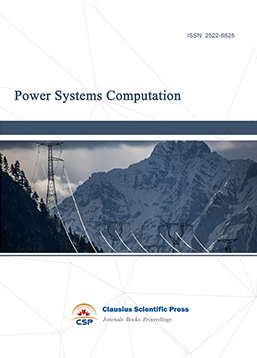
-
Internet of Things (IoT) and Engineering Applications
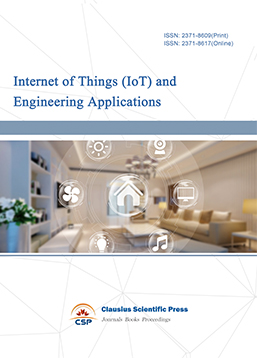
-
Computing, Performance and Communication Systems
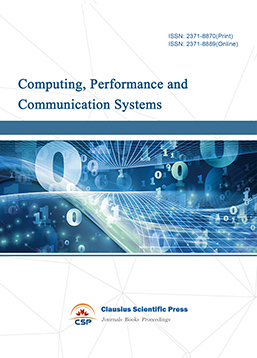
-
Advances in Computer, Signals and Systems
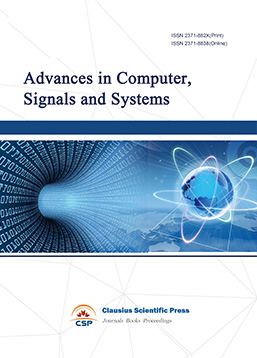
-
Journal of Network Computing and Applications
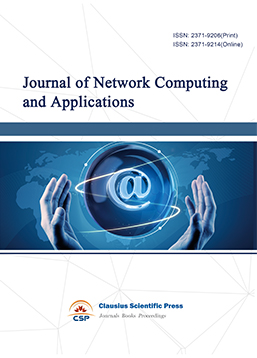
-
Journal of Web Systems and Applications
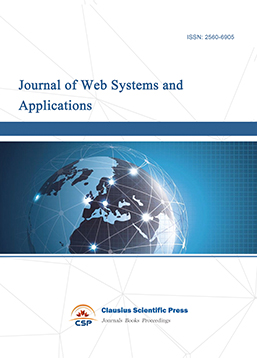
-
Journal of Electrotechnology, Electrical Engineering and Management
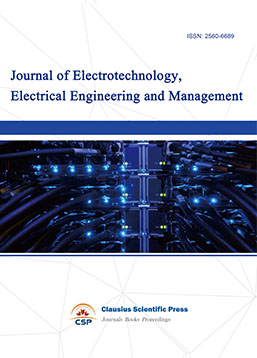
-
Journal of Wireless Sensors and Sensor Networks
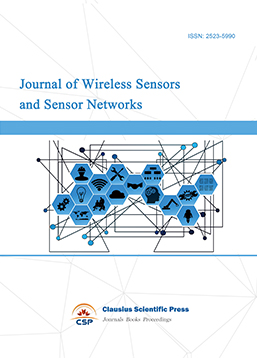
-
Journal of Image Processing Theory and Applications
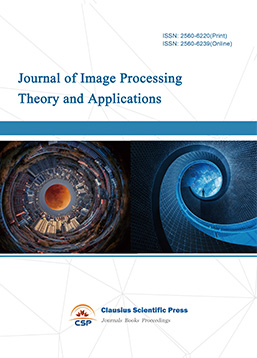
-
Mobile Computing and Networking
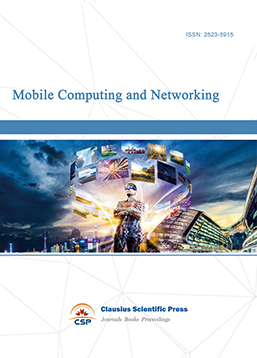
-
Vehicle Power and Propulsion
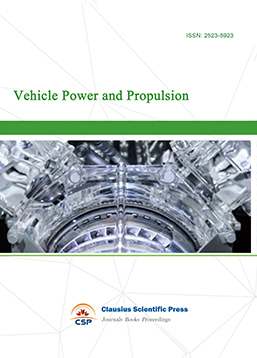
-
Frontiers in Computer Vision and Pattern Recognition
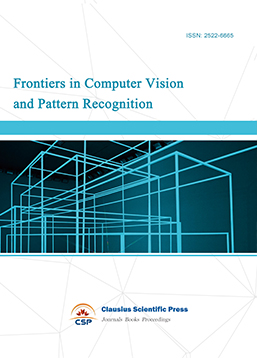
-
Knowledge Discovery and Data Mining Letters
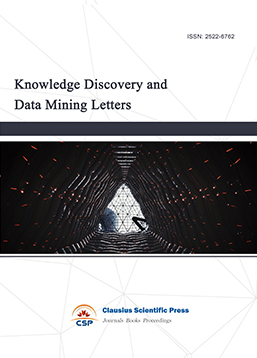
-
Big Data Analysis and Cloud Computing

-
Electrical Insulation and Dielectrics
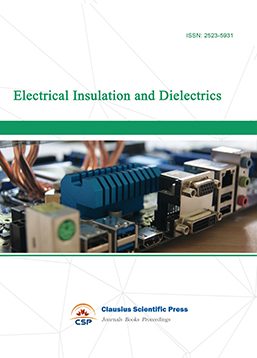
-
Crypto and Information Security
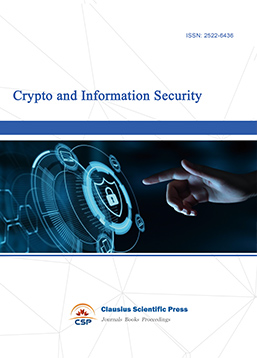
-
Journal of Neural Information Processing

-
Collaborative and Social Computing

-
International Journal of Network and Communication Technology

-
File and Storage Technologies

-
Frontiers in Genetic and Evolutionary Computation
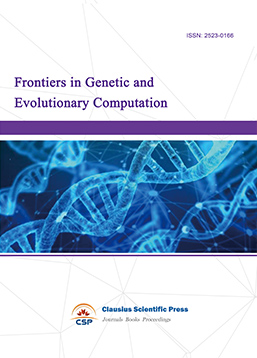
-
Optical Network Design and Modeling
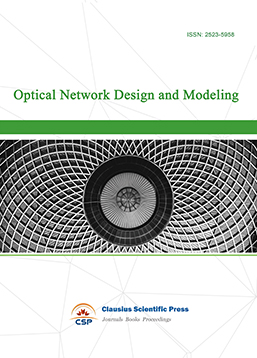
-
Journal of Virtual Reality and Artificial Intelligence
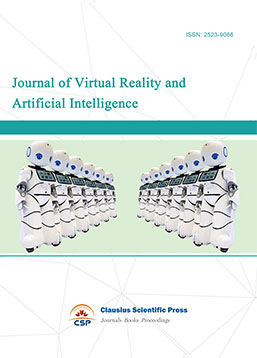
-
Natural Language Processing and Speech Recognition

-
Journal of High-Voltage
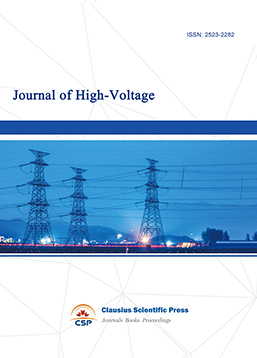
-
Programming Languages and Operating Systems
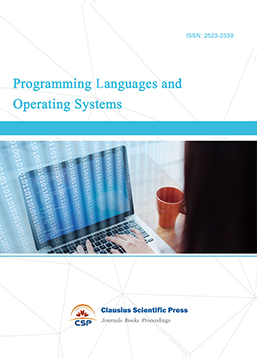
-
Visual Communications and Image Processing
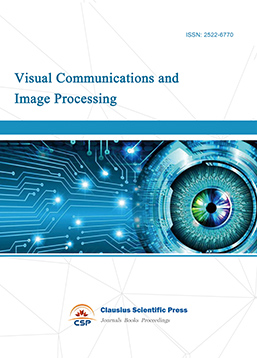
-
Journal of Systems Analysis and Integration

-
Knowledge Representation and Automated Reasoning
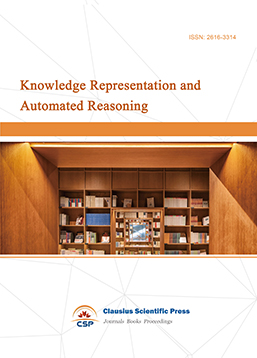
-
Review of Information Display Techniques
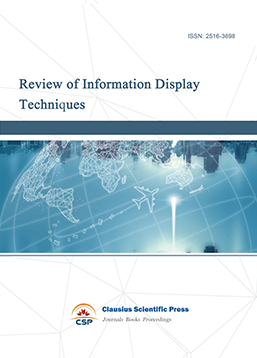
-
Data and Knowledge Engineering
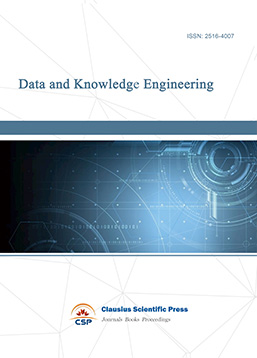
-
Journal of Database Systems
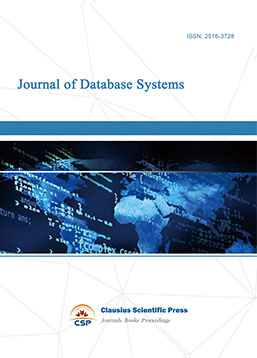
-
Journal of Cluster and Grid Computing

-
Cloud and Service-Oriented Computing
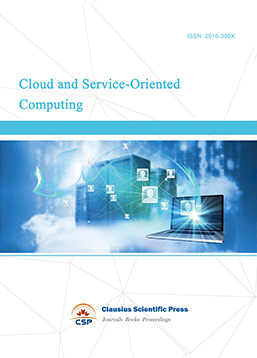
-
Journal of Networking, Architecture and Storage

-
Journal of Software Engineering and Metrics
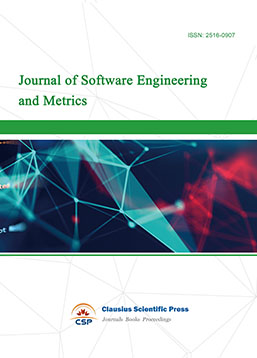
-
Visualization Techniques

-
Journal of Parallel and Distributed Processing
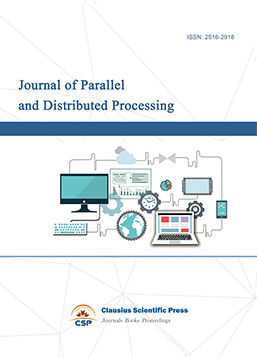
-
Journal of Modeling, Analysis and Simulation
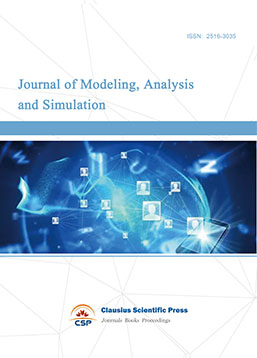
-
Journal of Privacy, Trust and Security
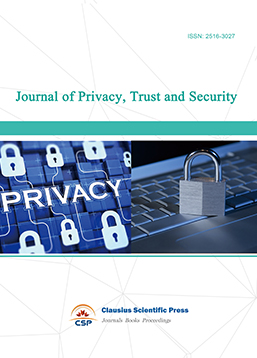
-
Journal of Cognitive Informatics and Cognitive Computing
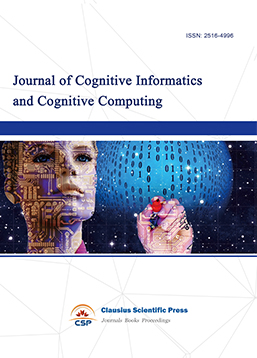
-
Lecture Notes on Wireless Networks and Communications

-
International Journal of Computer and Communications Security
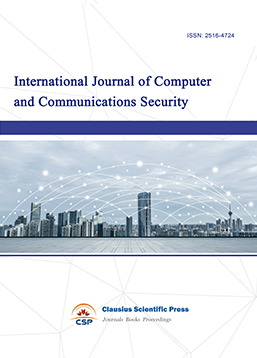
-
Journal of Multimedia Techniques
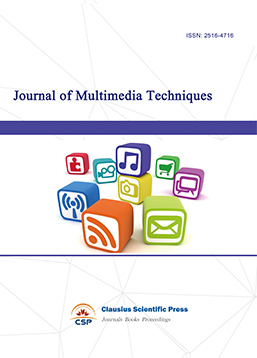
-
Automation and Machine Learning
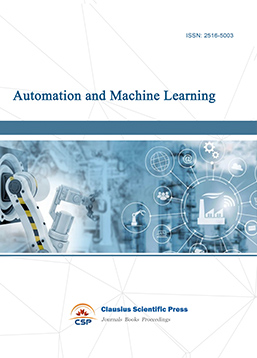
-
Computational Linguistics Letters
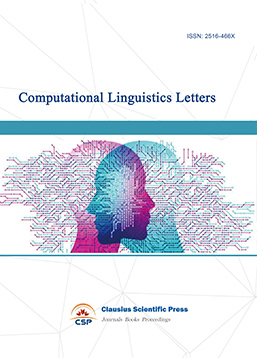
-
Journal of Computer Architecture and Design
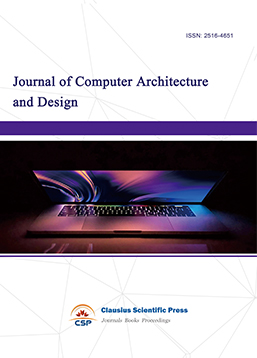
-
Journal of Ubiquitous and Future Networks


 Download as PDF
Download as PDF